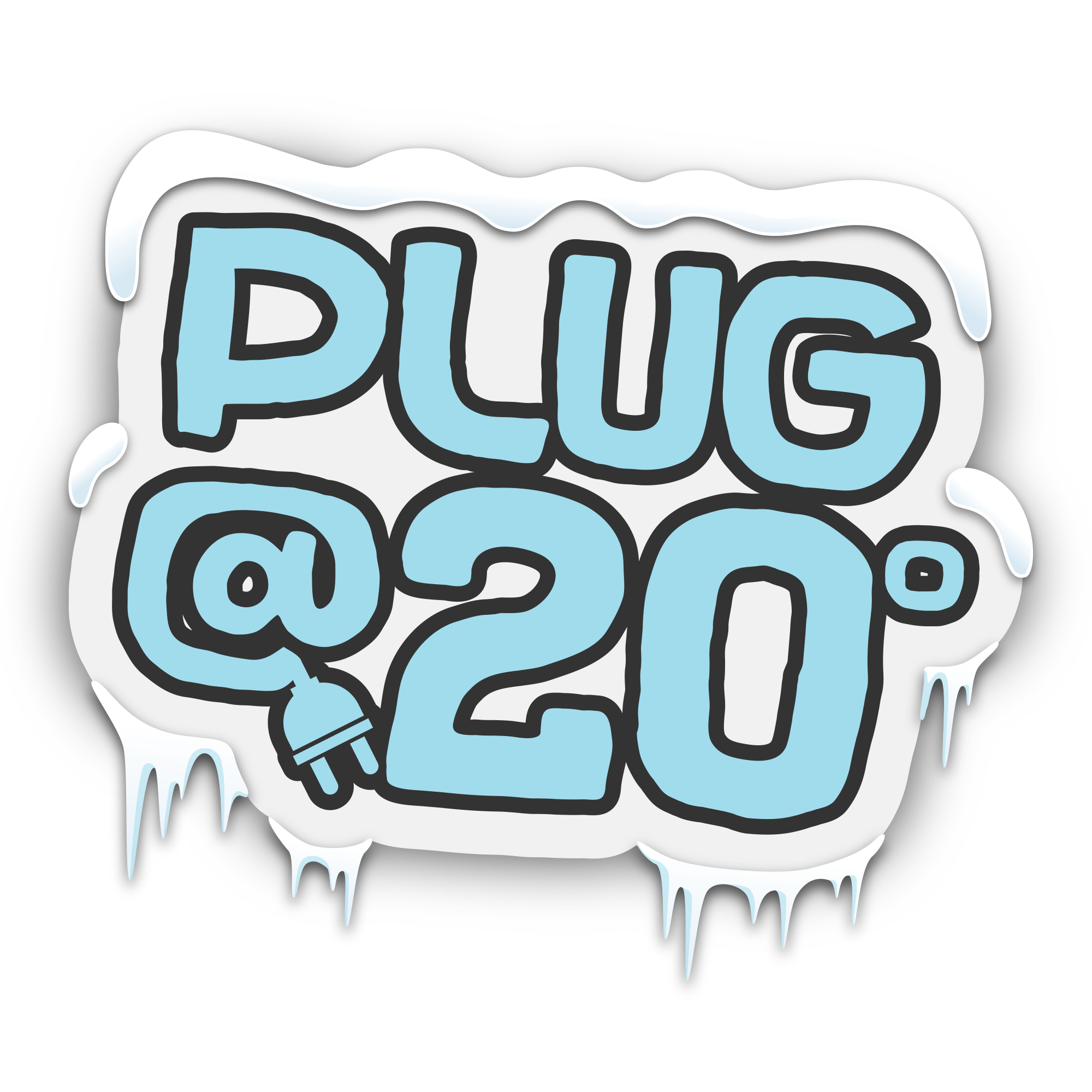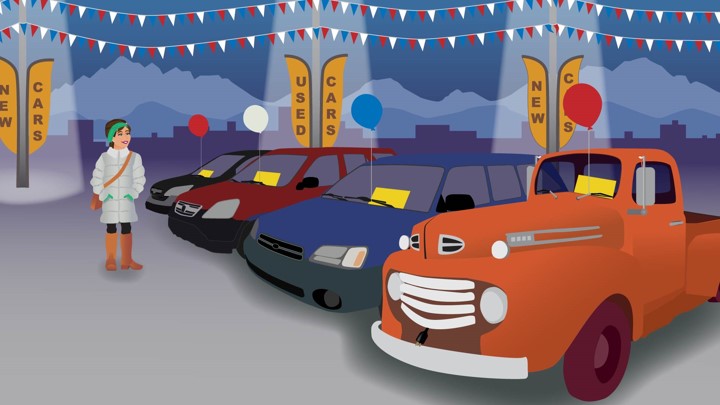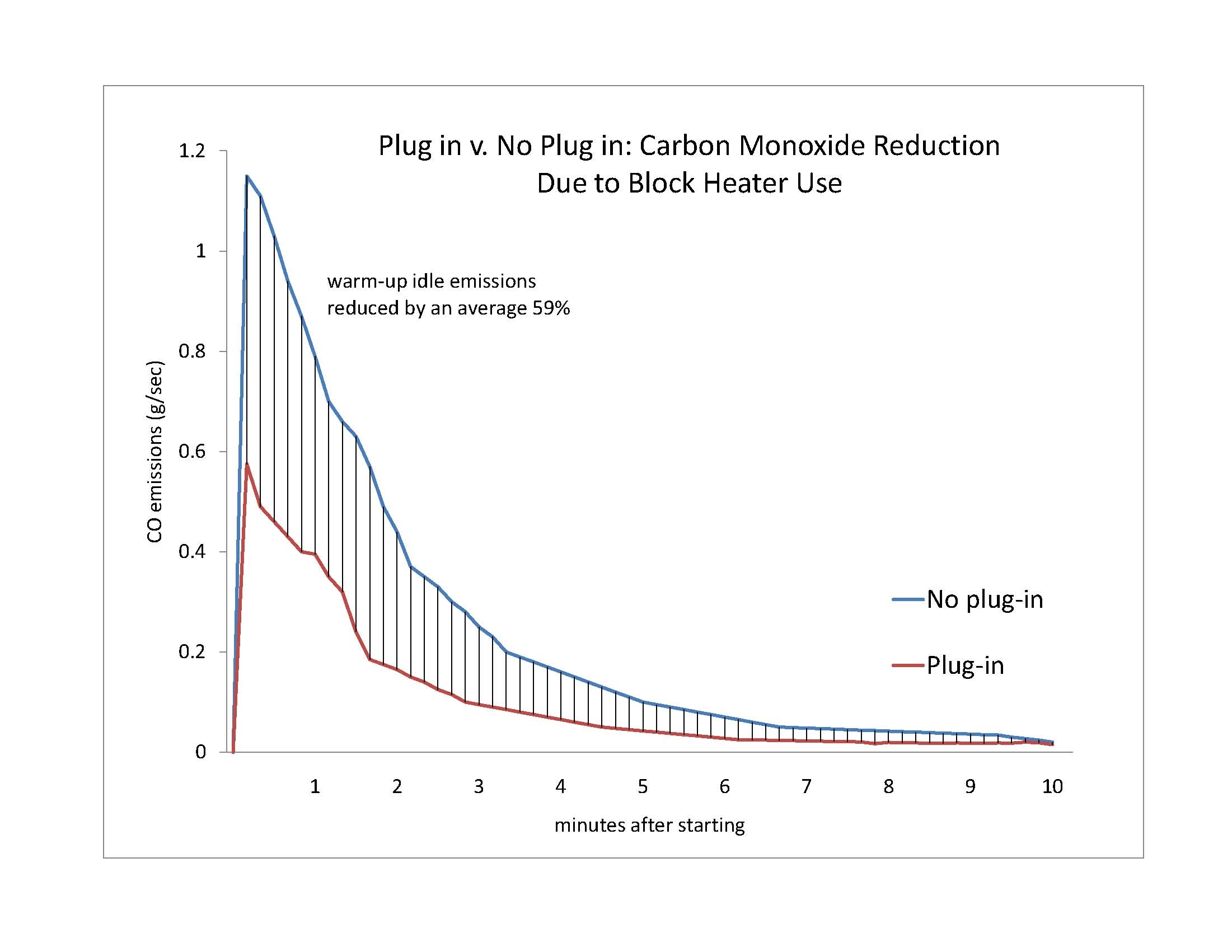
Why Plug at 20 degrees?
To Reduce Engine Wear
Start-up is a period of maximum engine wear and minimum fuel efficiency. Cold oil circulates slowly, leaving engine components unprotected. Engine block heaters pre-heat engines, allowing them to reach operating temperature sooner and get lubrication to the moving parts. By pre-heating the engine, heat is available to the windshield and vehicle interior sooner - benefiting drivers.
To Reduce Air Pollution
A study performed by Sierra Research in Anchorage and Fairbanks compared emissions from vehicles at cold temperatures. The local testing established that use of engine heaters substantially reduced start-up emissions and fuel consumption.
To keep your neighborhood clean
On days with inversions and still air, pollution from vehicle cold starts and idling disperses very slowly. Some of the highest carbon monoxide (CO) levels in Anchorage are found during the morning hours in neighborhoods where traffic is low but many cars are started cold after parking outside overnight. The encouragement to “Plug @ 20” is a reminder to plug even when vehicles start with relative ease.
How long have engine heaters been around? Are they used outside of Alaska?
Yes, engine heaters were invented by Andrew Freeman, who was born in North Dakota in 1909. To allow their Model A Ford to start, Freeman's family first heated their garage by woodstove to warm the car. The town's mail carrier drained oil from his engine after completing his route, kept it indoors overnight, and replaced it each morning. Other neighbors poured hot water over their intake manifolds or shoveled coals from the furnace onto the ground beneath their engines (yikes!). Freeman received a degree in electrical engineering in 1932, and made application of his skills by cobbling together the heating element from a clothes iron with coiled copper tubing. After successfully starting at 29 below zero, friends and neighbors pleaded for heaters. The 'Freeman Electric Internal-Combustion Engine Head Bolt Heater' received a patent in 1949, and nearly a quarter million were sold in 28 states within four years. Source: Prarie Public Radio and State Historical Society of North Dakota, by permission.
How else can I improve air quality?
- Don’t be an SOV (single occupancy vehicle)! For free, confidential rideshare matching for carpool or vanpool, call the Share-A-Ride program at 562-7665 or register to find your carpool partner online at http://www.peoplemover.org/.
- Forget the window scraping and slippery streets; take the bus to work or use it for errands during the day and keep your parking place.Visit http://www.peoplemover.org/ for your travel choices. People Mover's "Bus Tracker" allows you to view nearly to the minute where the bus is on each route via computer or smartphone.
- Minimize the number of cold starts you make by ‘linking’ your trips. Combining errands can reduce your travel miles and cold start pollution.
- Maintain your car for better startability, mileage, emissions and wear.
- Businesses, organizations and schools can work toward a Green Star Award by reducing solid waste, energy and air emissions from travel and operations. See http://www.greenstarinc.org/.
If you received an outlet timer in prior winters but do not have instructions to your model, see our Why Plug at 20 page for links to instructions in English, Korean, Spanish and Tagalog.
Many outlet timers being sold are not appropriate for use with engine heaters in very cold climates. See our Why Plug at 20 page for outlet timer features you should seek or should avoid, as well as instructions for timers distributed in prior winters.
Buying a new car or truck? Don't be wowed by the trim package and be sure to check for an engine heater! 
Engine heaters are typically much cheaper installed at the factory. The window sticker lists engine heaters among the vehicle options, if installed. Sometimes 'cold weather package' or 'cold climate package' indicates the vehicle has an engine heater and other cold climate features, such as a heavy-duty battery, a cab heater or heated seats. Buying a used vehicle? Sometimes an electric plug from the heater can be seen hanging from the grill, if equipped. A mechanic can confirm that the heater still works on an older vehicle.
Do you drive a vehicle without an engine heater? Your dealer or mechanic may be able to provide an estimate by phone given your vehicle year/model.
The federal grant program that subsidized engine block heaters expired in 2006 after 13,000 installations.
Always plug in? For convenience and electrical savings, locate your outlet timer and outdoor extension cord. Mount your outlet timer on the garage or post near your electrical receptacle above 3 feet (snow level).

A study performed by Sierra Research in Anchorage and Fairbanks compared emissions from vehicles at cold temperatures. The local testing established that use of engine heaters substantially reduces start-up emissions and fuel consumption.
Exhaust from cold engines is rich in carbon monoxide (CO) and toxic air contaminants, but pre-heating engines two to three hours before starting reduces CO emissions by nearly 60%. We encourage motorists to ensure that any vehicle they buy is equipped with a block heater – and to Plug@20!
More Plug@20 information: